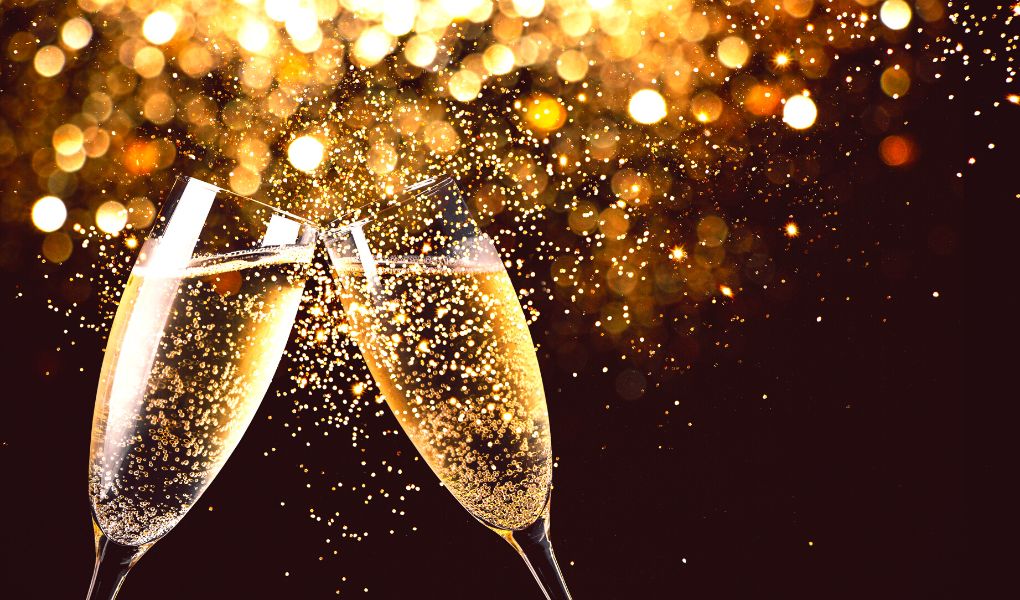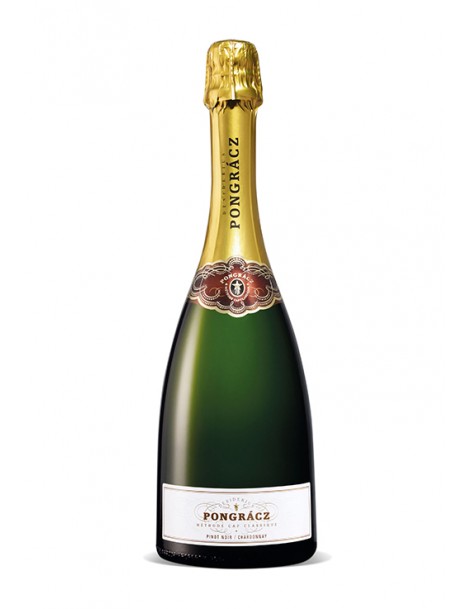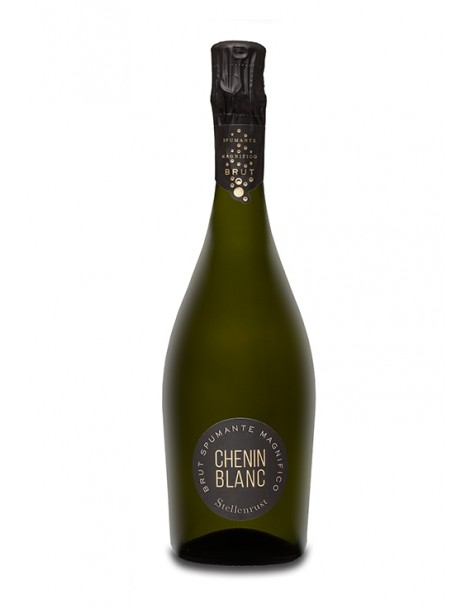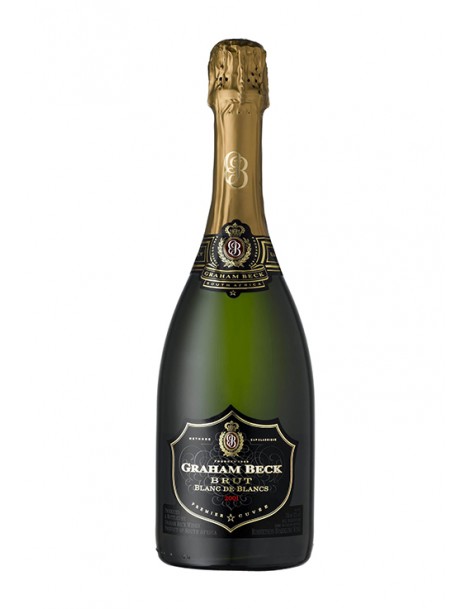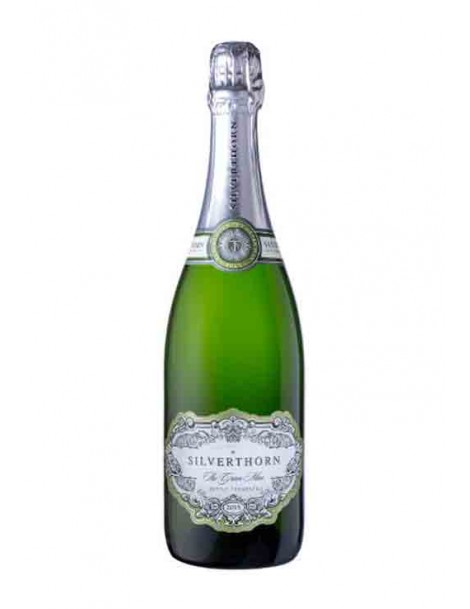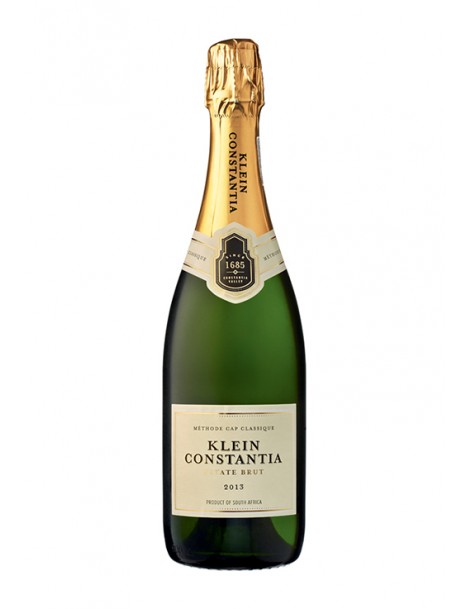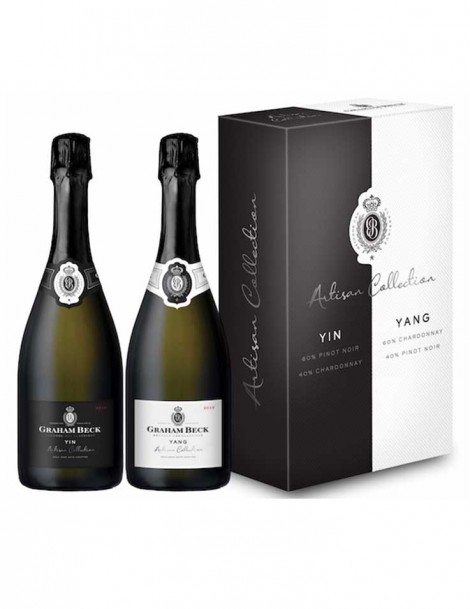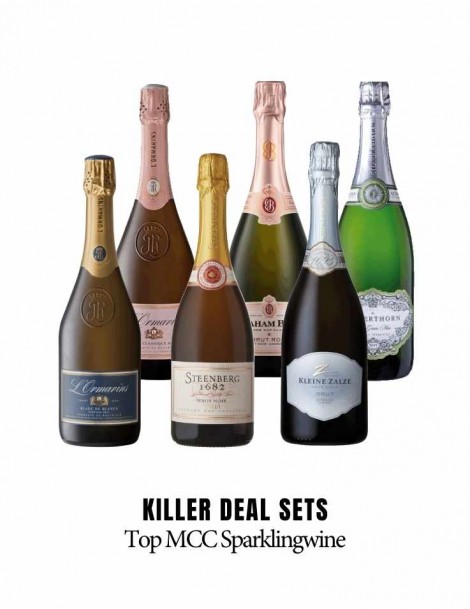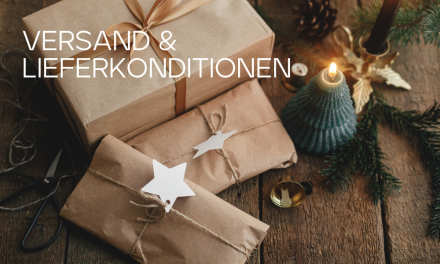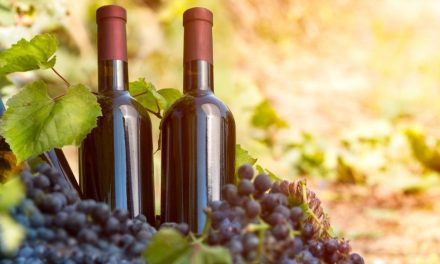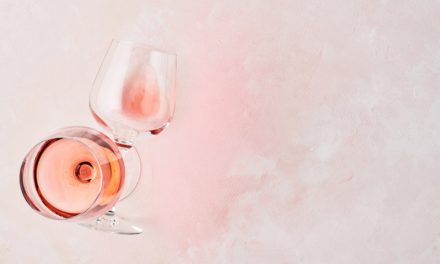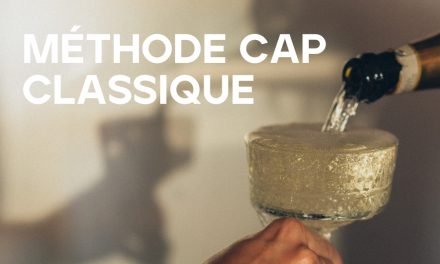Fact #43: Why are we toasting with MCC?
The history of toast
In September’s article, we showed the difference between champagne, MCC and sparkling wine. Today we will explain why toast is used at important celebrations.
Some time ago, we explained the difference between MCC, sparkling wine and Champagne (read the article here). The three types of sparkling wines are the same; only the origin is different. While Champagne comes from France, MCC comes from South Africa.
With Christmas and New Year just around the corner, no host can do without a bottle of MCC or sparkling wine. Why toast with MCC when you can also toast with wine? Is there a superstition? Does it bring bad luck?
Some believe that the belief goes back to the ancient Greeks, who would toast with their glasses and pour some into each other’s glasses to make sure enemies or rivals did not poison them. This historical fact is interesting, but no evidence supports this story.
And why do we celebrate with this elixir? Sparkling wines secured their place in history when the Frankish warrior Clovis was baptised in Reims Cathedral and crowned the first king of France.
On the other hand, the famous “baptism of the bubbles” was a custom that took place on important ships, as in the case of Great Britain in 1843, when she carried passengers from Liverpool to New York. Aircraft are no exception: the first flight of the Concorde was, of course, celebrated with a carbonated drink, not to mention the opening of the Channel Tunnel.
All over the world, heroes celebrate their exploits with sparkling wine. Releasing the MCC has become a tradition on every podium, under a blanket of bubbles, as is the case at key moments in history.
In short, the list of extraordinary moments accompanied by sparkling wines could be continued endlessly. History and its great moments confirm that we love to share and drink happiness. Whatever style we choose, they will always be synonymous with elegance, glamour and good news.
Here are six curiosities about MCC/ show wines
1. how many bubbles does MCC have?
There are more than seven million bubbles in each bottle and one million in each glass.
2. Where do the bubbles come from?
The bubbles in MCC come from a fungus: yeast. This microscopic fungus needs sugar to live; when it consumes it, it releases a gas: carbon dioxide.
The yeast is responsible for converting sugar into alcohol through fermentation.
The MCC or sparkling wine is produced in a double fermentation process. In the first fermentation, hardly any bubbles form because the grapes from which the wine is made are not very sweet, so they contain little sugar, and the carbon dioxide can escape.
In the second fermentation, however, the MCC/sparkling producers add a little sugar and more yeast to the wine and close the bottles with thick special corks.
The yeast ferments the sugar and produces large amounts of carbon dioxide, which cannot escape and remains in the bottle. This gives the MCC a higher alcohol content, and it is filled with fizzy molecules.
3. how much pressure is in a bottle?
There is very high pressure inside every MCC bottle. To illustrate, this is three times the pressure of a car tyre.
4. how do you drink it correctly?
Cold, but not ice cold. According to the experts, the ideal temperature is 8º C. If it is served below this temperature, some of its aromas will be lost. However, they also point out that some varieties are best drunk at a temperature of 10-12º C so that their qualities are fully appreciated.
Champagne is best chilled in an MCC/sparkling wine cooler filled with ice, where it should rest for 20-30 minutes. If it is chilled in the fridge, it should be in the coldest part for four hours to prevent it from losing some of its characteristics.
It is forbidden to chill it in the freezer; that would be sacrilege. It is also strongly discouraged to serve it in pre-cooled glasses as this will affect the bubbling.
Most bar owners warn that it should be served in glasses hand-rinsed with only hot water and no soap or detergent, as these can affect bubbling.
5. Which glasses are the best for MCC/sparkling wine?
The flute glasses that were used for years to drink Champagne have had their day; experts advise using tulip-shaped glasses as these give the bubbles the space they need while concentrating the aromas.
6. How should the MC be served?
To serve MCC/sparkling wine, hold the bottle by the base (never by the neck) and pour the contents slowly and evenly into the glass so that the bubbles gather on the sides of the glass.
Only pour the sparkling wine into the glass at a time, at least in two stages, so the bubbles settle better. Only fill the glass up to two-thirds full.
And one last note: once a bottle of MCC has been opened, there is no way to preserve the wine with all its properties. So it’s best to finish it.
Here are the best MCCs for the festive season that will add a touch of luxury to your gatherings.
Our non Vintage MCC & Sparkling Wines
from CHF 10.-
Our vintage MCCs & sparkling wines
from CHF 20.-
Unsere besten der besten MCCs & Schaumweine
ab CHF 40.-
Our Best Killer Deal Sets and Magnum Hammer Deals
Alle Preise in CHF inkl. MWST. Tagespreis vom 14.11.2022.
Angebote gültig, solange Vorrat. Fehler und Preisänderungen unter Vorbehalt.

